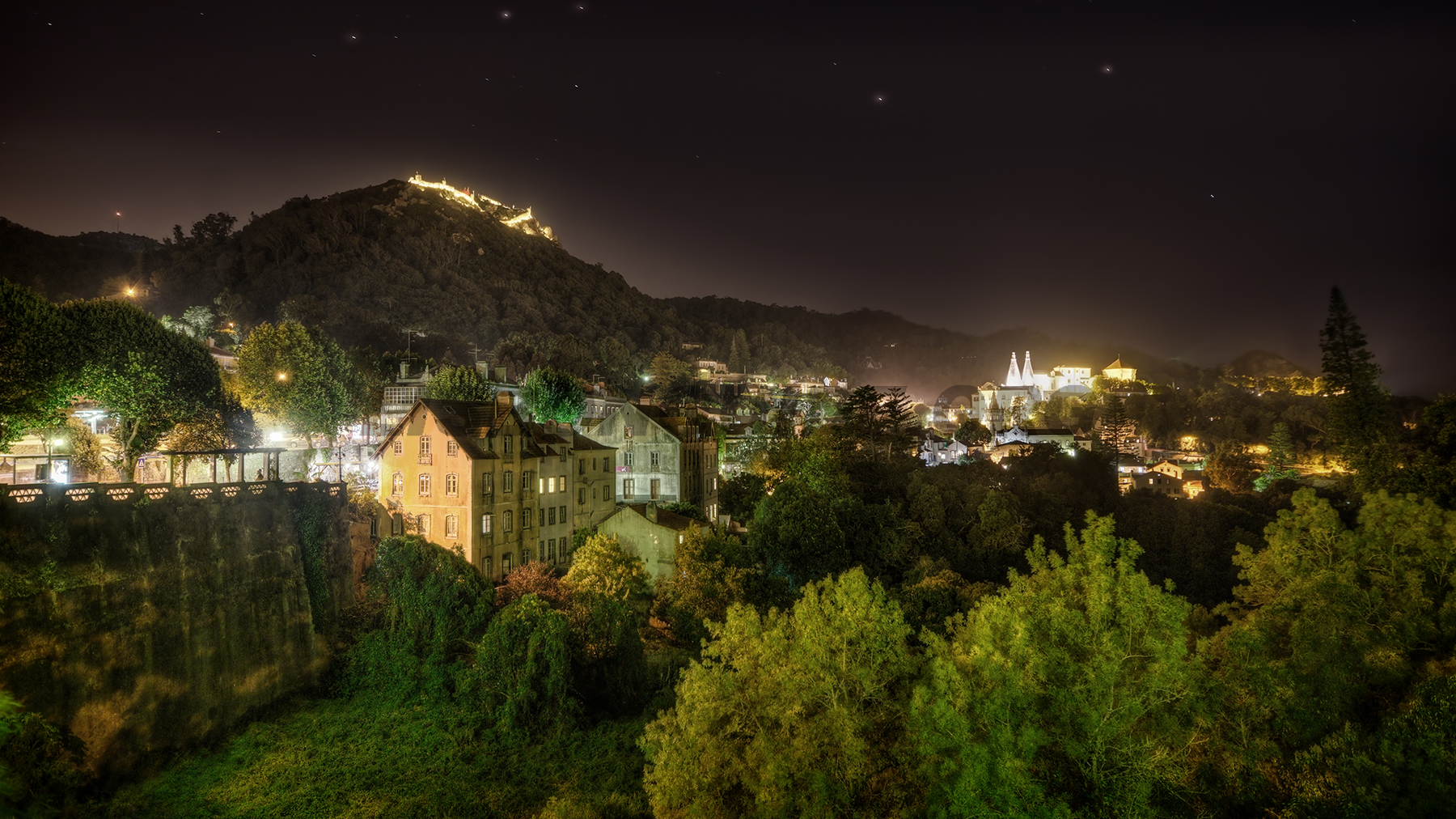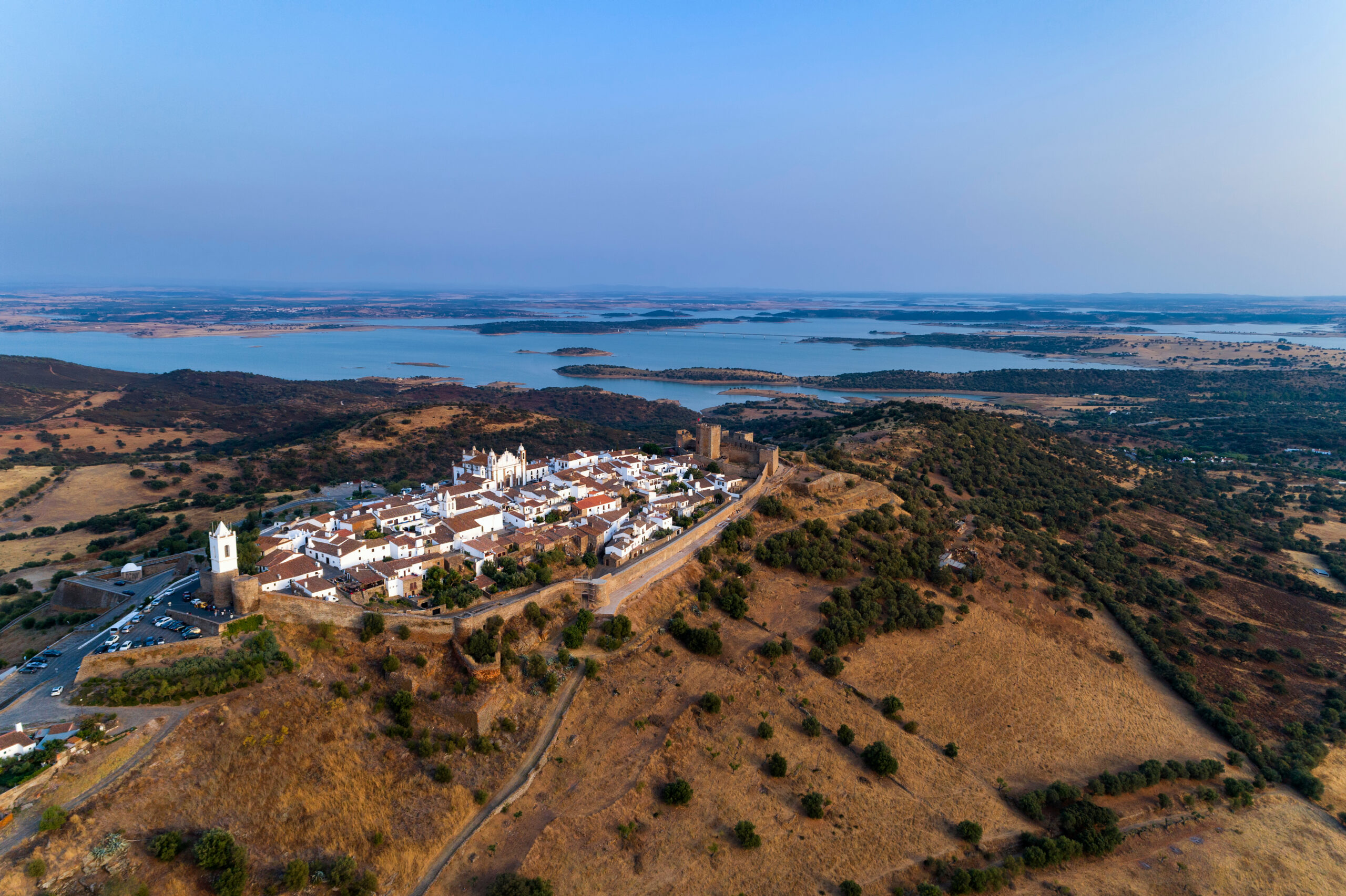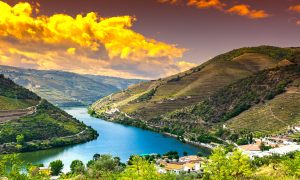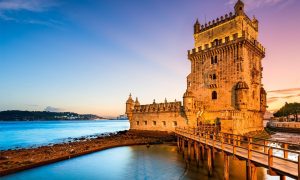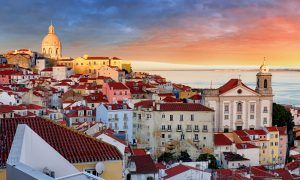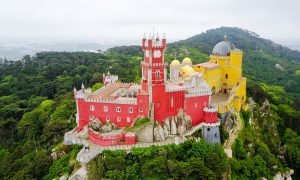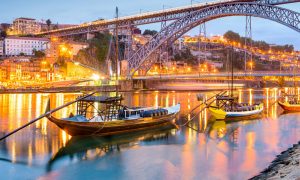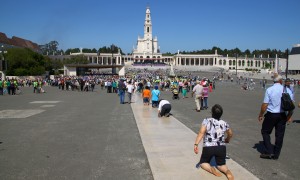The Castelo de São Jorge is a medieval manor that disregards Alfama, the most established neighborhood in Lisbon. For a considerable length of time, the stronghold was the principle habitation of Portugal’s rulers.
The Castelo de São Jorge is deliberately situated on top of the most astounding slope in Lisbon. Indeed before the entry of the Romans, there were strongholds at this site yet the current structure was implicit the mid-eleventh century, amid the Moorish period.

Amid the second campaign, the manor was the last fortification in the barrier against the Christian armed force, drove by Portugal’s first king, Afonso Henriques. He at last caught the palace in 1147 with the assistance of northern European crusaders after a seventeen-week-long attack. Statue of Afonso Henriques, first King of Portugal.
It was a historic point triumph in the Reconquista, the recover of arrive on the Iberian landmass from the Moors.
The mansion turned into the principle living arrangement of the Portuguese kings and in 1502 a royal residence was constructed inside the château dividers to give the rulers more solace.
The mansion was extremely harmed by the 1755 quake, however it was in part revamped and new structures were included. The stronghold kept on being utilized for military purposes until the early twentieth century. Its present appearance goes over to the 1930s, when it was restored to its medieval state.
The mansion complex is encased by solid external dividers from where guests have a wide view over Lisbon.
The doorway to the complex prompts the Praça d’Armas (parade ground), an open court where a statue of Portugal’s first king stands in the midst of the trees. From here steps lead through a sentimental enclosure with statues along the previous illustrious royal residence of Alcáçova towards the invigorated fortress. The solid looking stronghold is encased by defenses that associate eleven crenelated towers. Guests can walk the distance up to the bulwarks and go from tower to tower.
The most focal tower is the Torre de Ulísses (Tower of Ulysses), where the illustrious documents were put away. Inside is a cam obscura, an optical gadget designed by Leonardo da Vinci that tasks live pictures from around the city onto the tower dividers. To the right is the Tower of the Keep, the strongest of all towers and henceforth utilized as a summon post. To the left of the Ulysses Tower is the Palace tower, named for the adjacent Alcáçova castle, which now houses a restaurant and a historical center. The gallery shows a gathering of archeological finds unearthed at the palace site.
A long bulwark leads from the fortress east towards an archeological site where stays of a Moorish quarter, a royal residence (the Palace of the Counts of Santiago) and iron age remains have been exhumed.
The defense passes the Moniz Gate, one of the château’s three primary entryways. The entryway is named after the aristocrat Martim Moniz who as indicated by legend gave his life amid the attack of 1147 by tossing himself in the end door, empowering the Christian troops passage to th
- The Quintessential Portugal’s Premier Wine Hotels - March 15, 2024
- Tour to Obidos Medieval Village and Castle + Cherry Liqueur Tasting Experience - March 15, 2024
- [THIS YEAR] Top 5 Boutique Hotels in Lisbon - March 10, 2024


